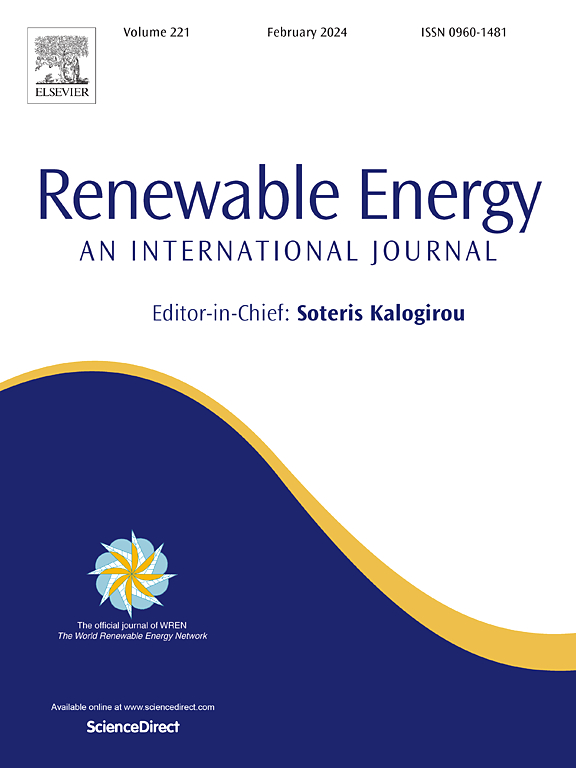Multi-scale concurrent design of a 100 kW wave energy converter
IF 9
1区 工程技术
Q1 ENERGY & FUELS
引用次数: 0
Abstract
Wave energy converters (WEC) are complex systems comprising multiple subsystems including wave capture structure and station keeping, power takeoff (PTO), and control. Designing the whole WEC system requires an effective design approach that considers mutual couplings among them throughout the entire design process. Moreover, the traditional serial design approach, transitioning from small-scale to full-scale designs incrementally, often overlooks issues related to scaling factors. This can lead to unexpected challenges and delays towards real ocean deployment. To address system-level considerations and scaling challenges in WEC design, this study introduces a novel multi-scale concurrent design approach. It facilitates full-scale WEC design from the early concept to ocean test planning. This approach ensures a holistic and effective design process that considers interactions among subsystems at each design stage and incorporates control co-design starting with early concept development. To demonstrate the presented approach, we introduce a case study focused on the design of a 100 kW floating oscillating surge wave energy converter (FOSWEC) for PacWave South ocean test site. This includes the design of wave capture structure and station keeping, PTO, control, ocean test planning, and techno-economic analysis. The case study showcases the effectiveness of the proposed approach, offering invaluable guidance and insights for future WEC development and support efficient, cost-effective collaboration in WEC design and testing.
100千瓦波能转换器的多尺度并行设计
波浪能转换器(WEC)是一个复杂的系统,由多个子系统组成,包括集波结构和站保持、功率输出和控制。设计整个WEC系统需要一种有效的设计方法,在整个设计过程中考虑它们之间的相互耦合。此外,传统的串行设计方法,从小规模设计逐步过渡到全尺寸设计,往往忽略了与比例因子相关的问题。这可能会给真正的海洋部署带来意想不到的挑战和延误。为了解决WEC设计中的系统级考虑和规模挑战,本研究引入了一种新的多尺度并发设计方法。它促进了从早期概念到海洋测试计划的全尺寸WEC设计。这种方法确保了一个整体和有效的设计过程,在每个设计阶段考虑子系统之间的相互作用,并从早期概念开发开始合并控制协同设计。为了演示所提出的方法,我们介绍了一个案例研究,重点是为PacWave南大洋试验场设计的100 kW浮动振荡浪涌能量转换器(FOSWEC)。这包括波浪捕获结构和站保持的设计,PTO,控制,海洋试验规划和技术经济分析。该案例研究展示了所提出方法的有效性,为未来WEC开发提供了宝贵的指导和见解,并支持在WEC设计和测试中进行高效、经济的合作。
本文章由计算机程序翻译,如有差异,请以英文原文为准。
求助全文
约1分钟内获得全文
求助全文
来源期刊

Renewable Energy
工程技术-能源与燃料
CiteScore
18.40
自引率
9.20%
发文量
1955
审稿时长
6.6 months
期刊介绍:
Renewable Energy journal is dedicated to advancing knowledge and disseminating insights on various topics and technologies within renewable energy systems and components. Our mission is to support researchers, engineers, economists, manufacturers, NGOs, associations, and societies in staying updated on new developments in their respective fields and applying alternative energy solutions to current practices.
As an international, multidisciplinary journal in renewable energy engineering and research, we strive to be a premier peer-reviewed platform and a trusted source of original research and reviews in the field of renewable energy. Join us in our endeavor to drive innovation and progress in sustainable energy solutions.
 求助内容:
求助内容: 应助结果提醒方式:
应助结果提醒方式:


